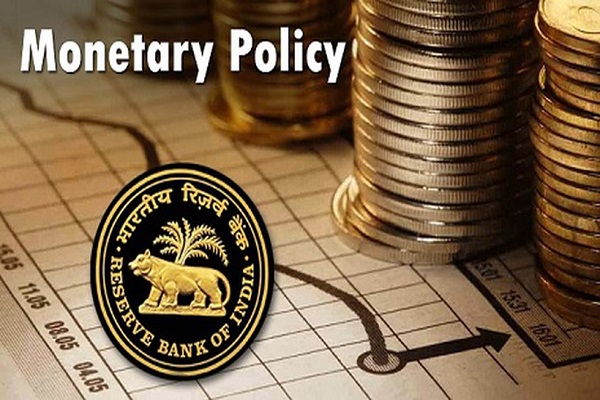RBI puts a pause on further Rate Hikes: What does it mean for you?
In the bi -monthly Reserve Bank of India (RBI) monetary policy, post the three days of deliberation by the Monetary Policy Committee (MPC), RBI chose to press the “pause” button on further interest rate hikes for now. After a series of rate hikes (5 in total) and an increase of 2.5% in the repo rate, this move came as a surprise to many. The surprise was understandable, given that the inflation has still not cooled down to comfortable levels and in the West, the FED has actually increased the Interest rate by 0.25%. The Repo rate is the rate at which RBI lends to other banks and is considered the base rate for other rate increases. On Thursday, RBI kept the policy repo rate under the Liquidity Adjustment Facility (LAF) unchanged at 6.5%, the Standing Deposit Facility (SDF) rate unchanged at 6.25% and the Marginal Standing Facility (MSF) rate and the Bank Rate unchanged at 6.75%.
A rate hike pause, when the general consensus post the last Fed hike was 80:20 in favor of the hike by RBI. The MPC assessed the prevailing global scenario including the Russian-Ukraine war, the general economic meltdown, the Organisation of Petroleum Exporting Countries (OPEC) oil cut announcement for 2023, the bank crisis and the inflationary trend in major world economies. The RBI governor emphasized the resilience and positives in the Indian economy. Amidst the world-wide gloom, India has managed to successfully balance growth and inflation to a large extent, standing strong amongst other economies.
A pause, however, need not necessarily mean a stop and a beginning of reverse rate cycle. Yet it is significant to give a breather to the investors and the businesses which are dependent on interest rates. RBI has clearly signaled that it will continue to keep a close watch on inflation, which will remain a primary concern. However, at this point in time, it would let the sun shine on the growth in business activity. RBI has factored inflation downward at 5.2% for the fiscal year FY 24, while GDP growth is projected at 6.5% (Real GDP in Q1 is forecast to grow at 7.8%, Q2 at 6.2% , Q3 at 6.1% and Q4 at 5.9%).
With this pause coming, how are we as Individuals and Investors affected?
The pause in interest rate is seen as a great positive in construction activity, house purchases and car manufacturing and sales. All related equity market companies would certainly move in a positive direction and give a boost to the indices leading to wealth creation opportunities for investors.
Since April 22, the constant upward trend in the interest rates on home loans have meant a hike of 22% in the EMI’s of home loans. This hike of interest on loans (home, car, education) will also take a pause giving a much needed reprieve to home buyers. This would translate into lower EMI’s and subsequently more money in the pockets of borrowers. All borrowers may plan their future cash flows in a positive manner.
The interest rate hike on small savings will come to a pause too. It seems that the rates are at a peak and are likely to remain stagnant for a little while before seeing the downward journey. So given your requirement of funds and preferred asset allocation, it might be advisable to lock in your funds marked for short term use or fixed income allocation, into these higher interest fixed instruments like FDs, SCSS, NSC, etc. However do factor in the tax implications before opting for these instruments.
The 10 year Government bond yields have shot up overnight to 7.3%. The Interest rates are inversely proportional to the price of bonds. A lower interest rate essentially translates into better earnings on Debt Mutual funds (MF). It's time to start investing in Short Term, Medium Term, Credit Risk, a kind of debt mutual fund basket in anticipation of a downward interest rate cycle. While some may contend that Debt Mutual funds are rendered less attractive with the long term indexation taken away, they still have the potential to give better returns, than other fixed return investments like Deposits and postal schemes.
When it comes to Growth vs Inflation, Growth will always be the preferred choice. India being a consumer market, a slow down in growth may cause inflation to actually spike. Maintaining the balance between growth and inflation is a herculean task indeed, and we think that it’s a well thought out decision by the Central bank for now.
The future might again see some rate increases if the inflation is not tamed, but for now it is certainly a pause to rate cuts and a much needed reprieve to growth!
Akhelesh Bhargava
Beekay Taxation & Investment LLP



Comments
Post a Comment